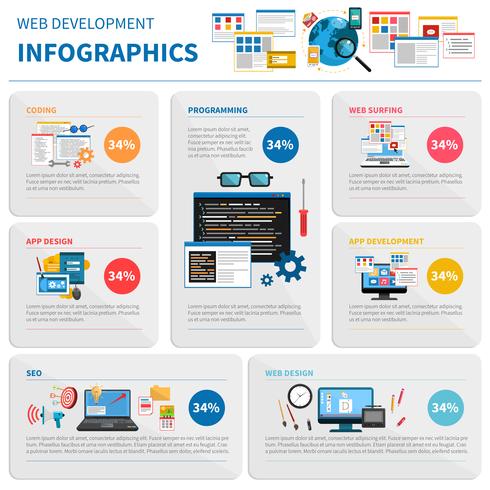Intrigued In Discovering How Site Layout Has Changed Throughout The Years? Discover The Journey
Intrigued In Discovering How Site Layout Has Changed Throughout The Years? Discover The Journey
Blog Article
Post By-Booker Hyldgaard
In the past, websites were simple and concentrated on details. Navigation was direct, and style was for desktop computers. Currently, individual experience is vital. Information guides styles for simple navigation. Receptive formats fit various devices. Today, dark mode reduces strain, and minimal food selections enhance navigation. Interactive attributes involve individuals, and vibrant visuals attract attention. AI assimilation enhances interaction. See how layout has actually progressed to enhance your online trip.
Very Early Days of Web Design
In the early days of web design, simplicity preponderated. Web sites were fundamental, with minimal colors, typefaces, and layouts. The emphasis was on supplying information as opposed to fancy visuals. Individuals accessed the internet via slow dial-up links, so speed and capability were essential.
Navigation food selections were straightforward, usually situated at the top or side of the web page. Sites were created for computer, as mobile browsing wasn't yet widespread. google my business business profile was king, and designers focused on easy readability over intricate style elements.
HTML was the primary coding language utilized, and developers had to work within its restraints. Computer animations and interactive attributes were minimal contrasted to today's requirements. https://drupal-seo-plugins39494.bloggactif.com/27548155/raising-aesthetic-passion-incorporating-costs-visuals-in-web-site-design were fixed, with little vibrant web content or customized individual experiences.
Increase of User-Focused Design
With the development of website design, a change in the direction of user-focused style principles has actually come to be significantly prominent. https://augusthcxtn.weblogco.com/27037057/discover-the-complicated-matrix-of-exactly-how-internet-site-organizing-impacts-search-engine-optimization-to-get-a-profound-gratitude-of-its-relevance , developing websites that prioritize individual experience is vital for involving visitors and achieving organization objectives. User-focused style entails comprehending the needs, choices, and actions of your target audience to customize the website's design, material, and features as necessary.
Designers now conduct thorough study, such as customer studies and use testing, to collect understandings and feedback straight from users. This data-driven technique aids in developing user-friendly navigation, clear calls-to-action, and visually attractive user interfaces that reverberate with visitors. By positioning the customer at the facility of the design process, web sites can supply an extra customized and delightful experience.
continue reading this has likewise emerged as a crucial aspect of user-focused design, making sure that web sites are optimized for various tools and screen dimensions. This versatility boosts access and usability, dealing with the varied means users engage with sites today. In essence, the rise of user-focused style represents a shift in the direction of developing digital experiences that focus on the needs and assumptions of completion user.
Modern Trends in Web Design
Check out the current patterns forming website design today. One popular pattern is dark mode layout, providing a smooth and contemporary look while decreasing eye strain in low-light atmospheres. Another key fad is minimal navigating, simplifying food selections and enhancing user experience by concentrating on essential elements. Integrating micro-interactions, such as computer animated buttons or scrolling results, can develop an extra engaging and interactive website. Receptive style continues to be essential, making sure seamless user experiences across various gadgets. In addition, making use of strong typography and asymmetrical designs can include aesthetic passion and accentuate particular material.
Integrating AI technology, like chatbots for consumer support or individualized recommendations, enhances user engagement and enhances processes. Accessibility has likewise come to be a considerable trend, with designers focusing on inclusive design methods to accommodate varied individual demands. Accepting sustainability by enhancing web site performance for speed and efficiency is another emerging trend in website design. Collaborating with individual feedback and data analytics to iterate and boost style continuously is necessary for remaining pertinent in the ever-evolving electronic landscape. By welcoming these modern-day patterns, you can develop a visually attractive, straightforward website that reverberates with your audience.
Conclusion
As you reflect on the evolution of web site layout from the very early days to now, you can see how user-focused style has actually ended up being the driving force behind modern-day patterns.
Welcome the journey of change and adjustment in website design, constantly maintaining the individual experience at the center.
Stay existing with the most up to date fads and technologies, and never quit advancing your strategy to develop aesthetically magnificent and straightforward web sites.
Progress, adapt, and develop - the future of web design remains in your hands.
